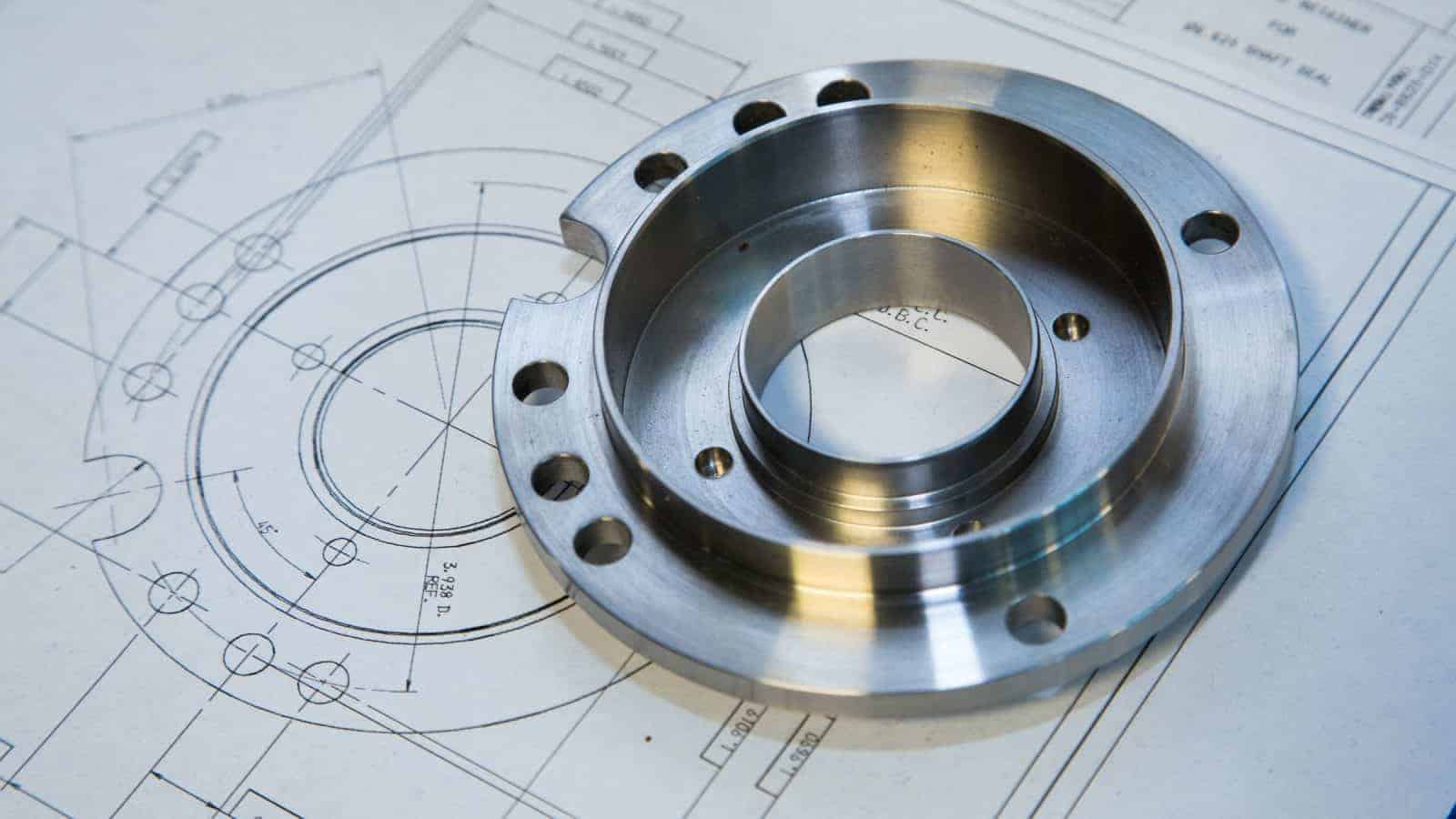New Section 232 Investigation Could Stall Investments in U.S.

The Commerce Department published a FRN today indicating it opened an investigation on September 2 “to determine the effects on the national security of imports of robotics and industrial machinery.”
A wide scope: The NAM’s back-of-the-envelope calculation finds that this could affect some half a trillion dollars in manufacturing equipment and inputs, the largest 232 investigation to date.
- The FRN cites examples of products in the scope of investigation, including robots, programmable computer-controlled mechanical systems, CNC machining centers, turning and milling machines, grinding and deburring equipment, and industrial stamping and pressing machines.
Timing: Public comments are due in 21 days, or by October 17.
A twist: In addition to comments on the role of foreign supply chains in meeting U.S. demand for such products, this FRN probes for impacts on employment from use of robotics and the ability of foreign actors to weaponize foreign-built robotics and machinery.
- Please thoroughly read the lengthy list of criteria for consideration of tariffs on these products as you develop company-specific comments.
What’s next: The NAM team will solicit specific input as it develops its submission, but you are welcome to start sending insights, ideas and data to NAM Vice President of International Economic Policy Andrea Durkin immediately.
Another FRN: Commerce also published a second FRN today indicating that it opened an investigation on September 2 to determine the effects on national security of imports of personal protective equipment, medical consumables and medical equipment including devices.
- The FRN cites examples of products in the scope of this investigation, including respirators, syringes, infusion pumps, medical supplies common in all hospitals, diagnostic and laboratory reagents and durable patient equipment such as wheelchairs, and medical devices, including those used to diagnose, monitor and treat patients such as coronary stents, insulin pumps, blood glucose monitors, MRI machines and more.
Timing: Public comments are again due in 21 days, or October 17.
Get in touch: The NAM team will solicit input on this FRN as it develops a submission, but again your ideas and insights are welcome as soon as possible. Please contact Senior Director of International Policy Anne Collett.
The NAM says: “Manufacturers are working to increase capacity in the United States—and domestic production of robotics and industrial machinery can enhance both our industrial might and our national security. However, tariffs on critical manufacturing inputs would significantly increase costs on equipment and machinery on factory floors across the country, which could in turn stall investment in new plants and equipment right here at home at a time manufacturers want to help President Trump create more U.S. manufacturing output and jobs,” NAM President and CEO Jay Timmons said in a public statement.
- “The challenge facing the United States today is that our domestic industry can produce at most 84% of the inputs manufacturers need to build, modernize and operate our facilities and to increase production and output. That is true even if every manufacturer in the country is working at full capacity.”
- “That means that, at an absolute minimum, 16% of critical manufacturing inputs must be imported to manufacture more here in the U.S. That’s why manufacturers have offered practical pro-growth solutions to bring in these essential inputs without adding cost burdens, while rewarding manufacturers that invest, expand and create new jobs at home.”
